Safe Work Australia is seeking feedback on 6 proposals aimed at improving the high-risk work licensing framework for cranes.
Safe Work Australia is seeking feedback on detailed proposals to improve crane licensing.
This content is currently under review as part of a broader review of Crane licensing.
GHS 7 is now the only system to classify newly manufactured and imported hazardous chemicals and prepare their labels and safety data sheets (SDS) across Australia.
Safe Work Australia has published a model Code of Practice for tower cranes.
Supporting Information
In this model Code, the word:
This is an update on the progress of Safe Work Australia’s crane licensing review consultation that closed on 19 June 2022.
This content is currently under review as part of a broader review of Crane licensing.
Working with cranes is high-risk work. Find out the process for managing risks with cranes, including how to do an emergency plan.
Everyone in the workplace has work health and safety (WHS) duties under the model WHS Act. People who work with cranes have some specific responsibilities.
Schedule 3 of the model WHS Regulations sets out high risk work licences and classes of high risk work.
Using cranes is complex and dangerous. Every year there are injuries and deaths from work involving cranes.
This information sheet provides information on high risk work licensing requirements when carrying out dogging work.
This information sheet provides information about managing the risks of trees and vegetation near overhead electric lines.
This document is part of a series which includes specific guidance on: :
This information sheet provides information about managing risks with scaffolding near overhead electric lines.
It is supported by the specific guidance on:
-
common types of scaffolds and scaffolding
Use this guide to manage risks associated with transporting high loads near electrical lines.
This guide is part of a series including:
Use this guide if you manage the risks to workers operating cranes and mobile plant near ove
This Guide provides information on managing the risks of unauthorised persons working near low voltage overhead service lines near structures and buildings.
This information sheet is about managing the risks of vehicle loading cranes in the workplace.
his document is part of a series which includes:
This information sheet provides information about managing the risks of using powered mobile plant as a crane.
Using other powered mobile plant as a crane information sheet
This document is part of a series which includes:
This guide provides information on managing the risks of quick hitches for earthmoving machinery.
Supporting Information
his guide is part of a series including:
Use this guide to manage the risks of using mobile cranes in the workplace.
This Guide provides information on inspecting, testing, maintaining and repairing cranes.
This guide provides information on managing the risks of cranes.
This information sheet provides guidance on managing the risks of crane-lifted work boxes.
It is supported by the general guide to cranes and specific guidance on:
-
mobile cranes
-
tower cranes
This information sheet provides advice on what is ‘work of a minor nature’ when testing, maintaining or repairing a building or structure.
This information sheet provides information about what should be included in workplace specific induction training and task specific training for construction work.
This information sheet helps you prepare a safe work method statement (SWMS) for high risk construction work.
This information sheet provides information on managing risks associated with steel erection work including:
-
who has responsibilities at the design and planning stage?
This content is currently under review as part of a broader review of Crane licensing.
This content is currently under review as part of a broader review of Crane licensing.
These guides provide information on managing the risks of working with cranes:
These information sheets provide information on managing the risks in construction workplaces :
Use this guide to manage the risks of working near overhead and underground electric lines.
There is also specific information on:
This model Code of Practice provides guidance on managing risks associated with excavation work.
This Code applies to all types of excavation work, including:
This model Code of Practice provides guidance on managing the risks of demolition work.
You should use this Code if you:
This model Code of Practice provides practical guidance on managing electrical risks in the workplace.
Use this guide if you:
-
manage or control electrical equipment
Use this model Code of Practice if you design structures that will be used, or could reasonably be expected to be used, as a workplace. This includes architects, building designers and engineers.
This model Code of Practice provides guidance on how to meet the standards of work health and safety (WHS) required under the WHS Act and Regulations in relation to construction work.
In this model Code, the word:
This model Code of Practice provides guidance on managing risks of plant in the workplace.
Use this Code if you:
This model Code of Practice provides guidance on managing the risk of falls in housing construction.
In this model Code, the word:
This model Code of Practice provides guidance on managing the risk of a falls by a person from one level to another that is reasonably likely to cause injury.
